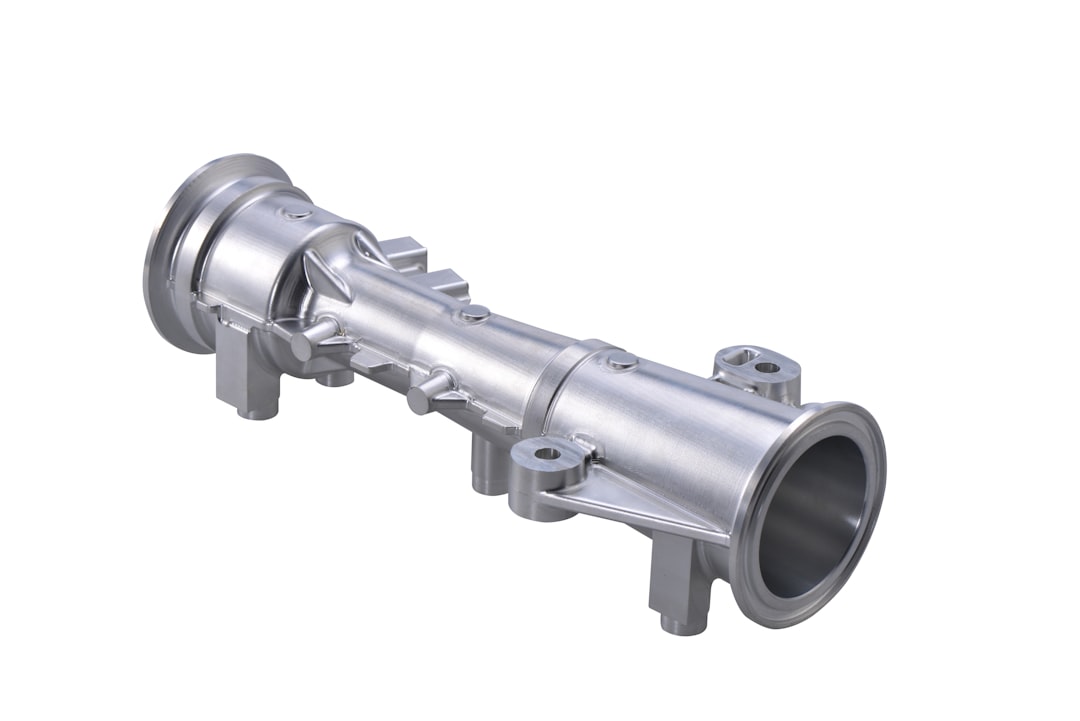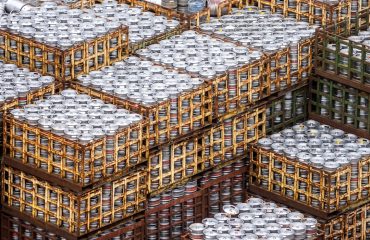High-pressure piping systems are critical components in numerous industries, from oil and gas to chemical processing and power generation. The potential for catastrophic failure in these systems necessitates a rigorous approach to safety. This guide delves into the key aspects of ensuring the safe operation of high-pressure pipelines, minimizing risks, and preventing potentially devastating accidents.
1. Material Selection: The Foundation of High-Pressure Pipe Safety
The choice of pipe material is paramount in high-pressure applications. The material must possess exceptional strength, durability, and resistance to corrosion and fatigue under extreme pressure conditions. Common materials include:
- Carbon Steel: Widely used due to its strength and cost-effectiveness, but susceptible to corrosion. Proper coatings and corrosion inhibitors are crucial.
- Stainless Steel: Offers superior corrosion resistance, making it ideal for aggressive environments. Different grades (e.g., 304, 316) provide varying degrees of strength and corrosion resistance.
- Alloy Steels: These specialized steels are formulated to withstand specific corrosive environments or high temperatures. They offer enhanced strength and resistance compared to carbon steel.
- Non-Metallic Pipes: Materials like PVC and HDPE are used in certain applications, particularly for lower pressures and specific chemical compatibility requirements. However, their pressure limitations must be carefully considered.
- Visual Inspections: Checking for signs of corrosion, erosion, leaks, damage, or deformation.
- Non-Destructive Testing (NDT): Techniques like ultrasonic testing (UT), radiographic testing (RT), and magnetic particle testing (MT) can detect internal flaws and weaknesses.
- Pressure Testing: Periodic pressure tests verify the pipe’s ability to withstand operating pressures and identify weaknesses.
- Leak Detection: Implementing leak detection systems, including acoustic monitoring, can provide early warning of potential leaks.
- Pre-test Inspection: A thorough visual inspection should be performed before the test to identify any pre-existing damage.
- Pressure Increase: The pressure is gradually increased to the test pressure, carefully monitoring for any leaks or deformations.
- Holding Time: The system is held at the test pressure for a specified duration to allow for any potential leaks to manifest.
- Pressure Reduction: The pressure is gradually reduced to atmospheric pressure after the holding time.
- Post-test Inspection: A thorough inspection is conducted to identify any leaks or damage that occurred during the test.
- Emergency Shutdown Procedures: Clear and concise procedures for quickly shutting down the system in case of an emergency.
- Evacuation Procedures: Procedures for safely evacuating personnel from the affected area.
- Emergency Contact Information: A readily accessible list of emergency contact numbers for relevant personnel, including emergency services.
- Containment Strategies: Plans for containing any released fluids or gases to prevent environmental damage and protect personnel.
- Post-Incident Procedures: Procedures for investigating the cause of the incident, repairing the damage, and implementing corrective actions to prevent future occurrences.
- ASME B31.1: Power Piping
- ASME B31.3: Process Piping
- API 510: Pressure Vessel Inspection Code: In-Service Inspection, Rating, Repair, and Alteration
- OSHA Regulations: Occupational Safety and Health Administration regulations pertaining to hazardous materials and workplace safety.
Material selection should always be based on a thorough risk assessment considering the specific operating conditions, including pressure, temperature, fluid characteristics, and environmental factors. Consult relevant industry standards and engineering codes for guidance.
2. Regular Inspection and Maintenance: Proactive Safety Measures
Regular inspection and maintenance are crucial for identifying potential problems before they escalate into catastrophic failures. Inspections should include:
A comprehensive maintenance schedule should be established and meticulously followed. This schedule should include preventative maintenance tasks, such as cleaning, lubrication, and tightening of connections, to ensure the system’s continued safe operation.
3. Pressure Testing: Validating System Integrity
Pressure testing is a critical step in verifying the integrity of high-pressure piping systems. This involves subjecting the system to a pressure exceeding the maximum operating pressure to identify any weaknesses or leaks. The testing procedure should adhere to relevant industry standards and involve the following steps:
Detailed records of the pressure test, including pressure readings, duration, and any observations, should be maintained for future reference.
4. Emergency Response Planning: Preparedness for the Unexpected
Despite the best safety measures, accidents can still occur. A comprehensive emergency response plan is essential to minimize the consequences of a high-pressure pipe failure. The plan should include:
Regular drills and training exercises should be conducted to ensure personnel are familiar with the emergency response plan and can effectively respond to an emergency.
5. Regulatory Compliance: Adhering to Industry Standards
Operating high-pressure piping systems requires strict adherence to relevant regulations and industry standards. These standards provide guidelines for design, construction, operation, and maintenance to ensure safety. Examples of relevant standards include:
Staying updated on the latest regulations and standards is crucial for maintaining compliance and ensuring the safety of personnel and the environment. Regular audits and inspections by qualified personnel can help verify compliance.
By diligently following these guidelines and prioritizing safety, organizations can significantly reduce the risks associated with high-pressure piping systems and ensure their safe and reliable operation.
Tags: High-pressure pipe safety, pipe inspection, pressure testing, pipeline safety, industrial safety




